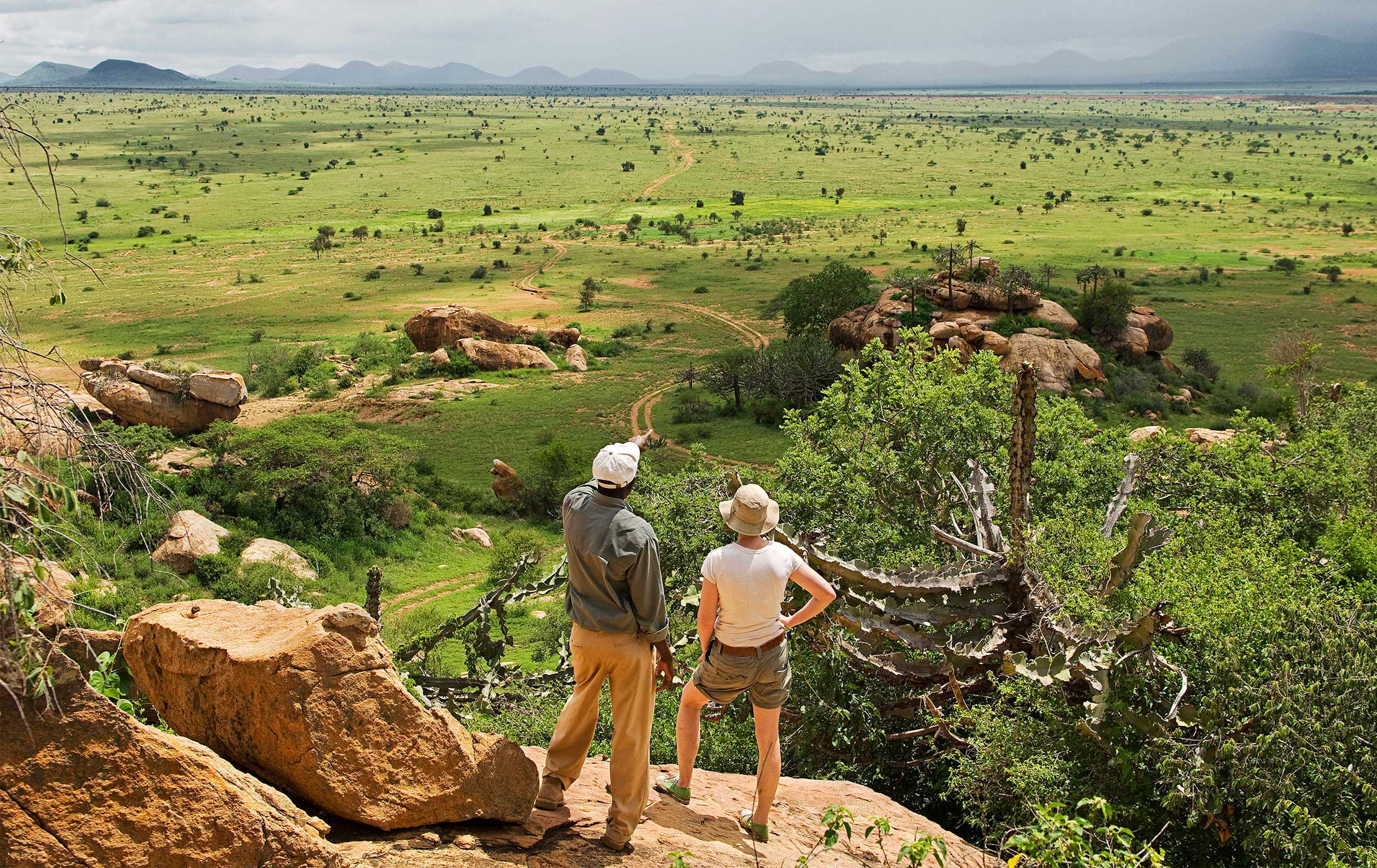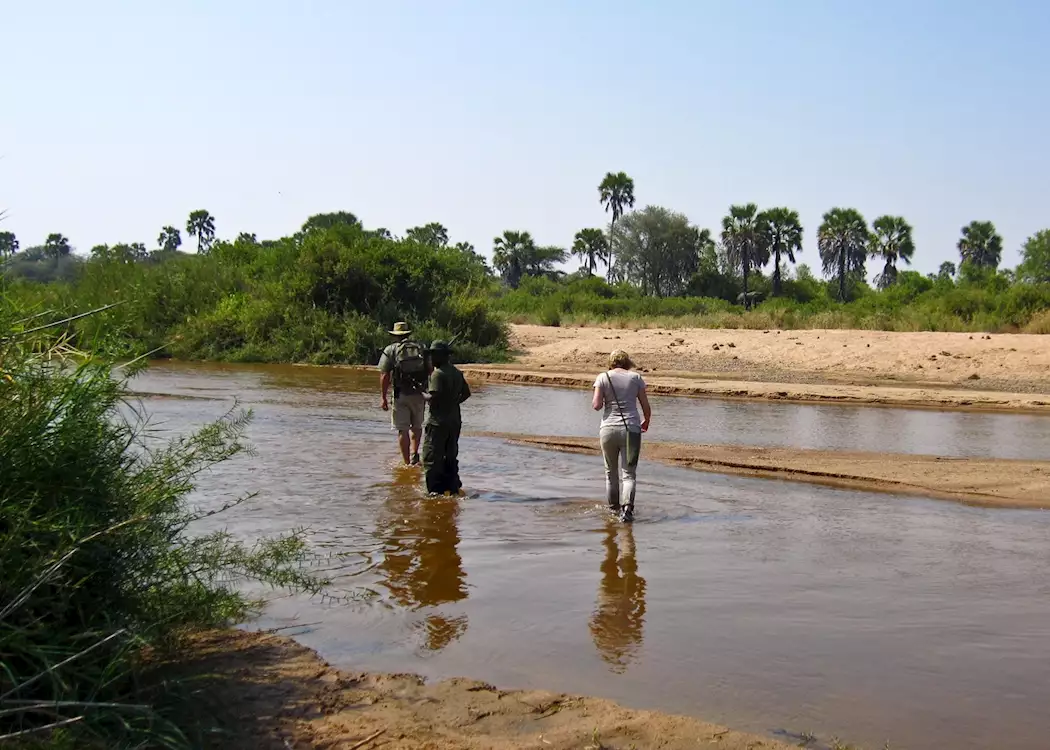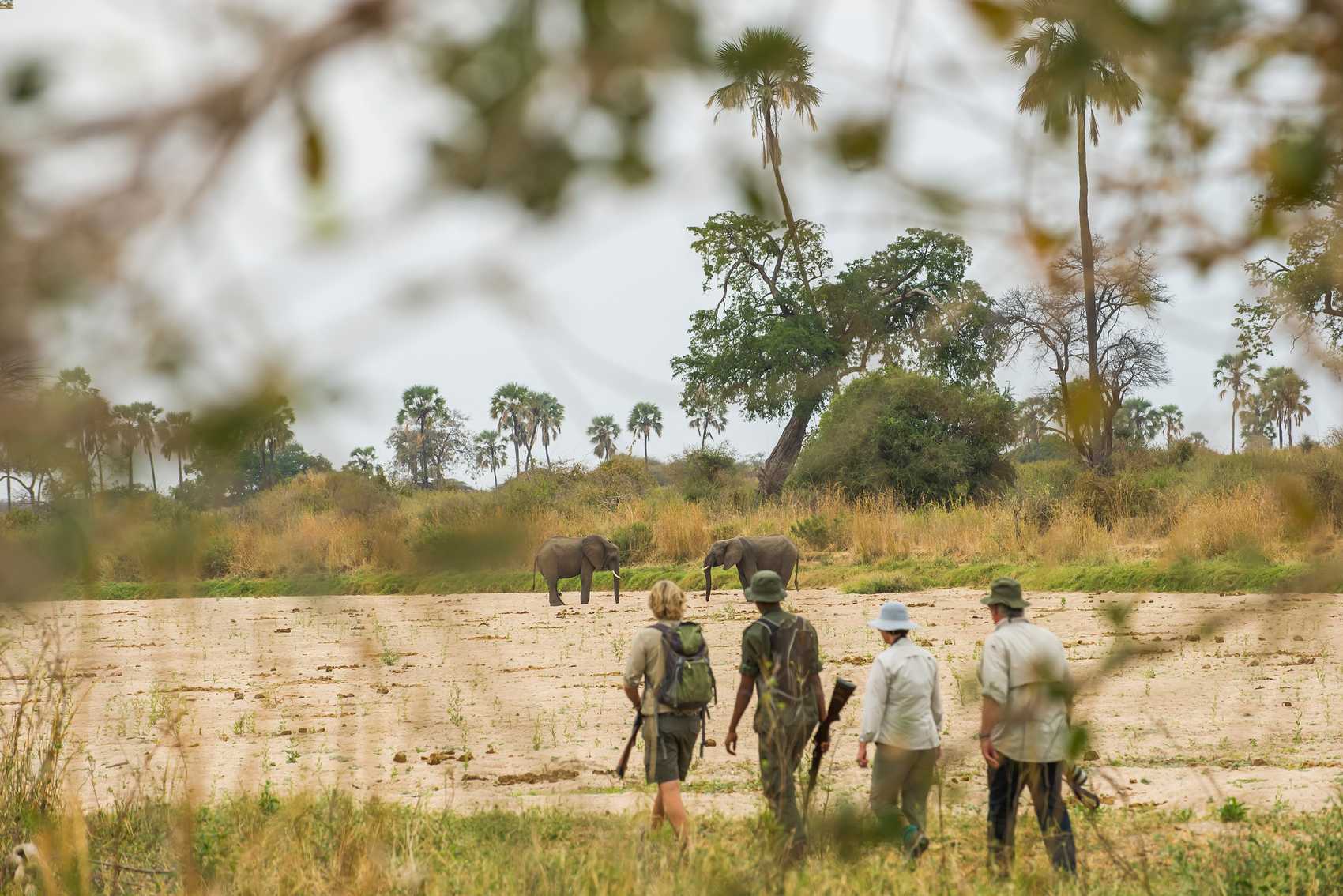Ready for a closer way to see Tanzania? Join expert-led walking safaris in Tanzania for wildlife tracking, chimp trekking, and bespoke itineraries with Agasaro Safaris or Whatsapp Us now for reserving your slot.
Table of Contents
The New Era of Safari: First-Hand Experience Matters
This guide is crafted on that principle. Beyond a simple travelogue, it provides insights, tips, and personal stories from years of guiding Tanzania’s most pristine landscapes. Our goal is to be the definitive resource for anyone dreaming of a walking safari.
About the Author: Written by Agasaro Safaris’ lead guides, who collectively have decades of experience navigating Tanzania’s wilderness.
Reviewed by: Our lead expedition planner—every route, rhythm, and safety note reflects first-hand knowledge.

Walking Safaris in Tanzania
Why walking safaris are the ultimate Tanzania adventure
Tanzania’s headline attractions—the Great Migration, rolling savannahs, and towering escarpments—are incredible from a vehicle. But on foot, you feel the land: the scent of crushed grass, a sudden alarm call, tiny tracks in the mud. Walking safaris slow the day down and turn the small stuff into the story. They’re about tracking, listening, and a respectful closeness to habitat that vehicles can’t deliver.
Top walking-safari destinations (and what makes each special)
Nyerere National Park (formerly Selous) — true wilderness on foot
For authentic, longer nature walks and bush expeditions, Nyerere delivers. Guided nature walks and extended walking options outside the main reserve let you explore riverine corridors and remote plains with expert guides. The dry season (June–October) is generally best for trails. (Nyerere National Park, Tanzania)
Ruaha National Park — remote, wild, multi-day walking camps
Ruaha is a walking safari favorite for travelers who want solitude and scale. Specialist operators run multi-day mobile walking camps and expeditionary routes into very isolated country—this is where you swap creature comforts for unforgettable wilderness. Expect big skies, big tuskers, and nights under real dark skies.

Tarangire National Park — the elephant walks
Tarangire mosaic of baobabs and seasonal swamps makes it a brilliant place for guided walks, often focused on elephant behaviour and spoor interpretation. Several outfitters offer 1–6 day walking/drive combos that let you follow tracks into quieter northern and southern corners. (Tarangire National Park)
Arusha National Park — best for short, accessible walks
If you want a beginner-friendly taste of Tanzania on foot, Arusha NP is ideal: half-day or day walks to crater rims, waterfalls and Momella Lakes, often combined with short game drives. It’s convenient from Arusha town and great for clients with limited time.
Lake Manyara area — birding, woodlands, and canopy walks
Lake Manyara and the fringes around it offer shorter guided nature walks and birding routes; some sites even provide elevated canopy walkways for a different perspective on forest life and the lake’s birdlife. These make lovely half-day walk options for mixed itineraries.
Serengeti (private concessions & fringes) — foot in the big-game country
The main Serengeti zones are tightly managed, but private concessions and camps on the greater Serengeti allow guided walks. These walks focus on details missed from vehicles—tracks, insects, and the sheer scale of the plains—while still respecting safety protocols. Always check with the camp/operator for walking options.
Related Blog: Serengeti vs Ngorongoro: The Ultimate Tanzania Safari Showdown
Gombe & Mahale (for primate-led treks) — chimpanzees and lakeside trails
Gombe and Mahale are prime for chimpanzee trekking and forest walks. Expect steep trails in Mahale and intimate chimp encounters in Gombe—permits and guided trackers are required, and the pace here is as much about patience as it is about steps.
Related Blog reading: Exclusive Chimpanzee Trekking in Gombe: The Ultimate 2025 Guide
What to expect on a walking safari
- Close, interpretive wildlife viewing: Field guides teach spoor ID, behavior, and ecology.
- Variable intensity: From gentle, interpretive 1–3 hour walks (Arusha, Manyara) to full multi-day expeditions (Ruaha, Nyerere).
- Strict safety & local rules: Walks are always guided; routes are planned around safety (rangers or armed escorts where required).
- Sensory immersion: Birdsong, insects, plants, and micro-habitats become the main event.
Pro tip: Combine walking with early morning drives or evenings at camp—walking and vehicle game-viewing together make a complete experience.
Best time to go
- Dry season (June–October): Best general window—easier trails and better wildlife visibility. Nyerere National Park Tanzania,
- Wet/shoulder seasons: Lusher scenery and fewer people, but some routes may be harder or closed. For chimp trekking, the dry months are often preferable.
Practical packing list
- Sturdy trekking shoes + extra socks
- Lightweight long-sleeve shirts and trousers (sun + bush protection)
- Binoculars, camera with a zoom lens
- Sun hat, sunscreen, insect repellent
- Reusable water bottle, small first-aid kit, blister plasters
- Light rain layer for shoulder/wet months
Safety & sustainability
Walking safaris are low-impact when run responsibly: small groups, local guides, and leave-no-trace practices. They directly support local conservation when operators hire community guides and reinvest in protected areas. Expect guides to brief you on safety, wildlife behavior and appropriate distances—the rule is always “guide first, curiosity second.”
Booking & proof points
Booking with an experienced operator ensures proper permits, ranger coordination, and safe routing. Agasaro Safaris designs walks around safety, purpose, and conservation—combining field expertise with clear logistics and transparent pricing.
Book your Tanzania Walking Safaris here
FAQs
Are walking safaris safe for beginners?
Yes—most parks offer beginner-level walks with experienced guides; multi-day expeditions require fitter travelers.
How long can a walking safari be?
From a 1–3 hour interpretive walk to multi-day mobile walking camps.
What wildlife will I see?
You’ll see everything from birds, primates and small mammals to large herbivores; close encounters are possible but always guided.
Do I need permits?
Yes—some parks (Gombe, Mahale and certain chimp trekking sites) require permits and pre-booking.
Can I add a walking safari to an existing itinerary?
Absolutely—walks pair brilliantly with game drives, cultural visits, or lakeside relaxation.
Conclusion — don’t just see Tanzania, walk through it
Walking safaris are the traveler’s equivalent of turning the volume up on nature. Whether you want a gentle interpretive stroll in Arusha, a chimp trek in Gombe, or a multi-day mobile expedition in Ruaha, Tanzania’s mix of forests, lakes, and wide plains gives you options for every appetite for adventure.
Ready to build a walking safari add-on to your itinerary? Book your Customized Safari now
Tell me which parks interest you and I’ll draft a concise, bookable add-on (routes, rough pricing, and recommended camps).
Sources & further reading: Nyerere National Park nature walks; Ruaha walking-safari operators; Tarangire walking safaris; Arusha walking tours; Serengeti private-concession walking options.
